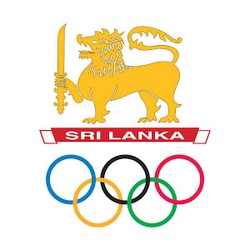Sri Lanka is an island nation in Southern Asia located in the Indian Ocean. The island is shaped like a tear drop and is mostly flat apart from the mountainous central region in the south where Mount Pidurutalagala reaches Sri Lanka’s highest point of 8,281 foot formerly known as Ceylon, Sri Lanka is a remarkable destination that is rich in culture and boasts of a lush natural environment.
The capital city is Colombo. Popular tourist attractions include Colombo, Sri Lanka's largest city a colourful destination that is flanked by the Fort district (Sri Lanka's business center) to the north, the Galle Face Green (a seafront expanse) to the south and the Cinnamon Gardens (the island's most fashionable neighbourhood) further down south and Kandy, built around a serene lake and surrounded by picturesque hill.
Its architectural character is unique and best represented by old shops, hotels and markets.
The main attraction is the Dalada Maligawa, an octagon-shaped temple that contains the sacred tooth of Buddha, the country's most revered religious relic.
Daily ceremonies pay homage to the relic.








